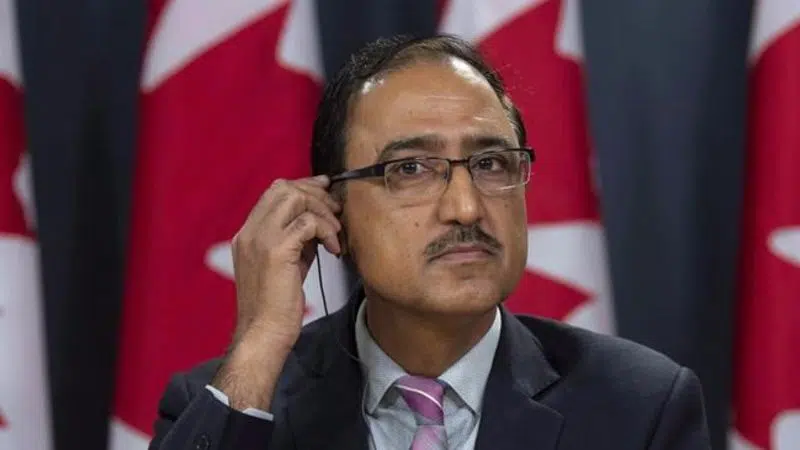
Getting more oil to market in Canada requires more pipelines, NEB says
OTTAWA — The National Energy Board says Canada’s existing export pipelines are running at maximum efficiency and the only way to realistically get more oil to market through pipelines is to build more of them.
The board responded Friday to questions posed last fall by Natural Resources Minister Amarjeet Sohi, who wanted to know if there was any way to improve the efficiency of pipelines while Canada struggles to expand existing lines or get new ones built.
“In a nutshell, pipelines are full,” said Jean-Denis Charlebois, the chief economist for the National Energy Board.


